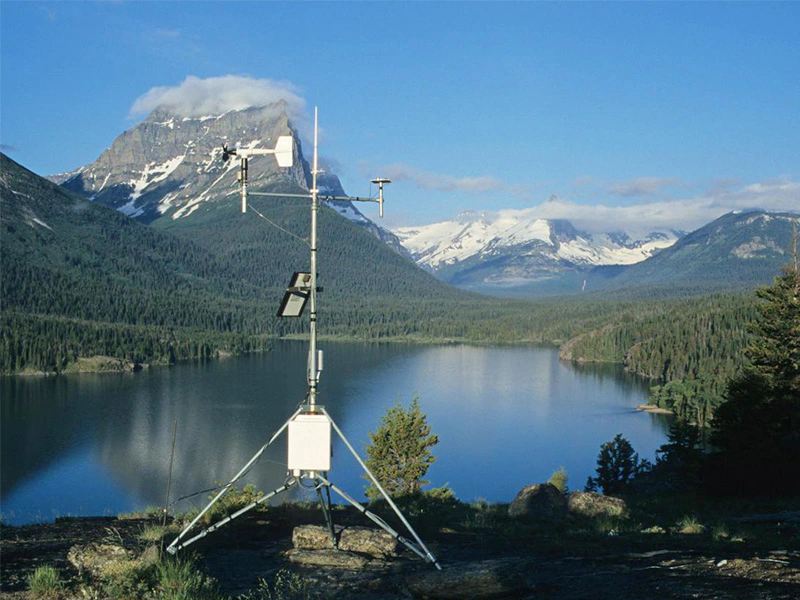
html
Meteorological Station Data Analysis for Weather Forecasting
Weather forecasting has become an essential part of modern life, helping us plan our daily activities, agricultural operations, and even disaster preparedness. At the heart of accurate weather predictions lies the data collected by meteorological stations worldwide. These stations serve as the backbone of weather monitoring systems, providing real-time and historical data that meteorologists analyze to forecast weather conditions.
The Role of Meteorological Stations
Meteorological stations are equipped with advanced instruments to measure various atmospheric parameters. These include temperature, humidity, wind speed and direction, atmospheric pressure, precipitation, and solar radiation. The data collected is transmitted to weather centers where it is processed and analyzed to generate forecasts.
Modern meteorological stations often feature automated systems that continuously record and transmit data, reducing human error and ensuring consistency. Some stations are ground-based, while others are mounted on buoys, aircraft, or satellites to gather data from different layers of the atmosphere.
Data Analysis Techniques
Analyzing meteorological station data involves several sophisticated techniques:
- Time Series Analysis: Examining data points collected over time to identify patterns and trends.
- Spatial Analysis: Combining data from multiple stations to create weather maps and models.
- Statistical Modeling: Using probability and regression models to predict future weather conditions.
- Machine Learning: Implementing algorithms that improve forecast accuracy by learning from historical data.
Challenges in Weather Forecasting
Despite technological advancements, weather forecasting still faces challenges:
- The atmosphere is a chaotic system, making long-term predictions difficult.
- Data gaps may occur due to station malfunctions or limited coverage in remote areas.
- Climate change introduces new variables that affect traditional forecasting models.
The Future of Meteorological Data Analysis
Emerging technologies are transforming how we analyze meteorological data:
- High-performance computing enables faster processing of large datasets.
- IoT devices are expanding weather monitoring networks.
- Artificial intelligence is improving prediction models through deep learning.
As meteorological stations become more advanced and data analysis techniques more sophisticated, we can expect weather forecasts to become increasingly accurate, helping society better prepare for whatever conditions may come.
Keyword: meteorological station